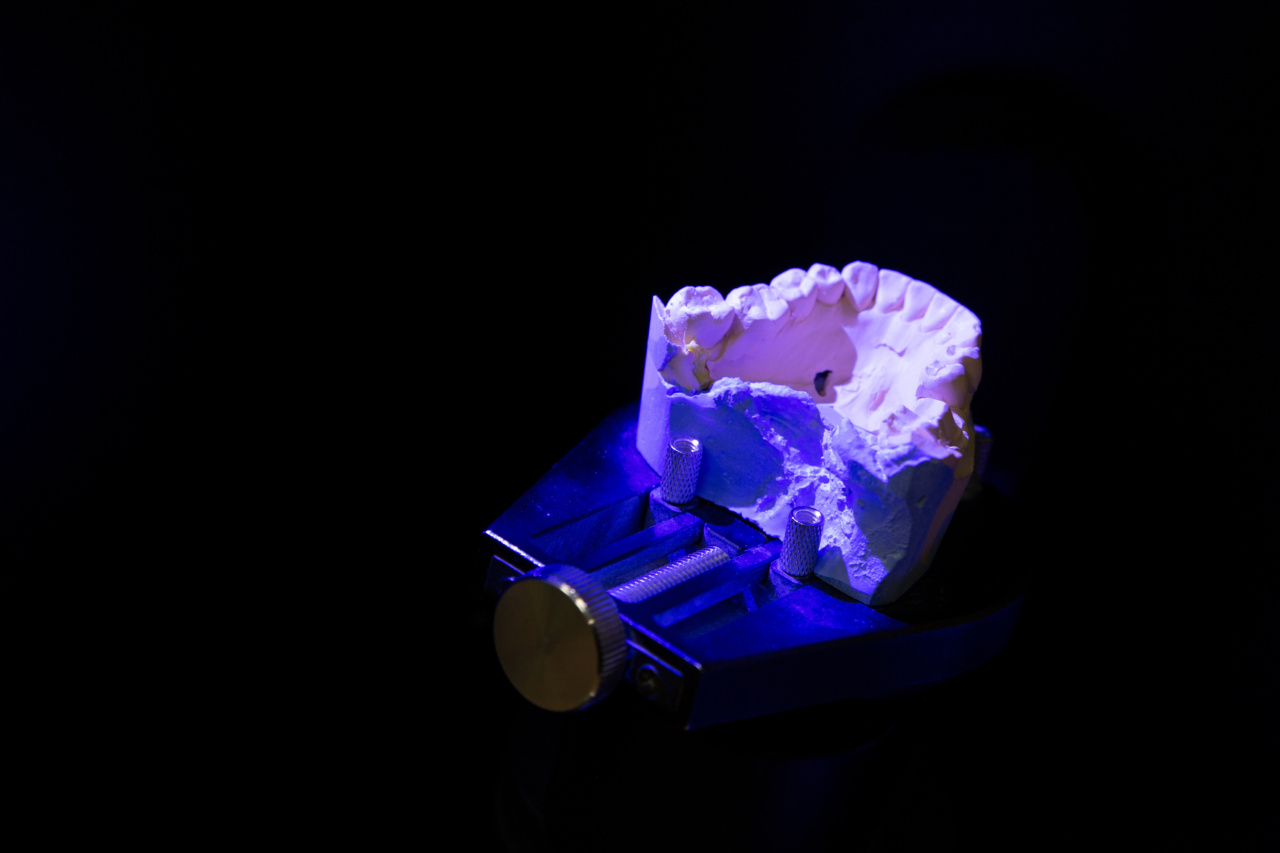Colonoscopy is a widely used diagnostic procedure to detect various types of cancer, including orthodontic cancer. The accuracy of colonoscopy in detecting orthodontic cancer relies on several factors that can either improve or hinder its effectiveness.
This article will discuss the key factors that affect the accuracy of colonoscopy in detecting orthodontic cancer and the implications of these factors on patient outcomes.
1. Physician Experience and Skill
One of the most crucial factors influencing the accuracy of colonoscopy is the experience and skill of the physician performing the procedure.
Highly experienced gastroenterologists who specialize in colonoscopy are generally more adept at detecting orthodontic cancer due to their extensive training and proficiency in interpreting colonoscopic images.
2. Bowel Preparation Quality
Proper bowel preparation is essential for a successful colonoscopy. Inadequate bowel cleansing can lead to reduced visibility of the colonic mucosa, making it difficult to identify orthodontic cancer or other abnormalities.
Therefore, patients must follow the prescribed bowel preparation instructions diligently to enhance the accuracy of colonoscopy.
3. Polyp Detection Rate
The polyp detection rate (PDR) is an important quality indicator of colonoscopy. A higher PDR indicates that more polyps, which can potentially become cancerous, are identified during the procedure.
Physicians with higher PDRs tend to have an increased likelihood of detecting orthodontic cancer during colonoscopy.
4. Polyp Size and Location
The size and location of polyps within the colon can influence their detectability during colonoscopy. Larger polyps tend to be easier to identify, while smaller ones may require more careful examination.
Similarly, polyps located within the proximal colon may pose a higher challenge for detection compared to those in the distal colon.
5. Endoscopic Imaging Technology
The advancement of endoscopic imaging technology has significantly improved the accuracy of colonoscopy.
High-definition and enhanced imaging techniques, such as narrow-band imaging (NBI) and chromoendoscopy, enhance the visualization of subtle mucosal changes and microvascular patterns associated with orthodontic cancer.
6. Withdrawal Time
The duration of withdrawal during colonoscopy plays a crucial role in the detection of orthodontic cancer.
Adequate withdrawal time allows for a thorough examination of the colonic mucosa and increases the likelihood of identifying lesions that may have been missed during the insertion phase of the procedure.
7. Quality Assurance Measures
Implementing quality assurance measures, such as regular auditing and feedback, can improve the accuracy of colonoscopy.
Feedback on individual performance, including adenoma detection rates and withdrawal times, can motivate physicians to improve their skills and identify areas for improvement.
8. Patient Factors
Certain patient factors can impact the accuracy of colonoscopy in detecting orthodontic cancer. These factors include a history of previous polyps or colorectal cancer, family history of colorectal cancer, and underlying inflammatory bowel disease.
Physicians should consider these factors when evaluating the risk and interpreting the colonoscopic findings.
9. Adenoma Detection Rate
The adenoma detection rate (ADR) is another important quality measure in colonoscopy. Adenomas are precursor lesions of orthodontic cancer, and a higher ADR indicates a better likelihood of detecting potential cancerous polyps.
Physicians with high ADRs have been shown to have lower rates of interval colorectal cancer.
10. Collaboration and Multidisciplinary Approach
Collaboration among healthcare professionals is vital in improving the accuracy of colonoscopy in detecting orthodontic cancer.
A multidisciplinary approach involving gastroenterologists, pathologists, and oncologists enhances communication and ensures comprehensive evaluation and treatment for patients with suspected orthodontic cancer.






























